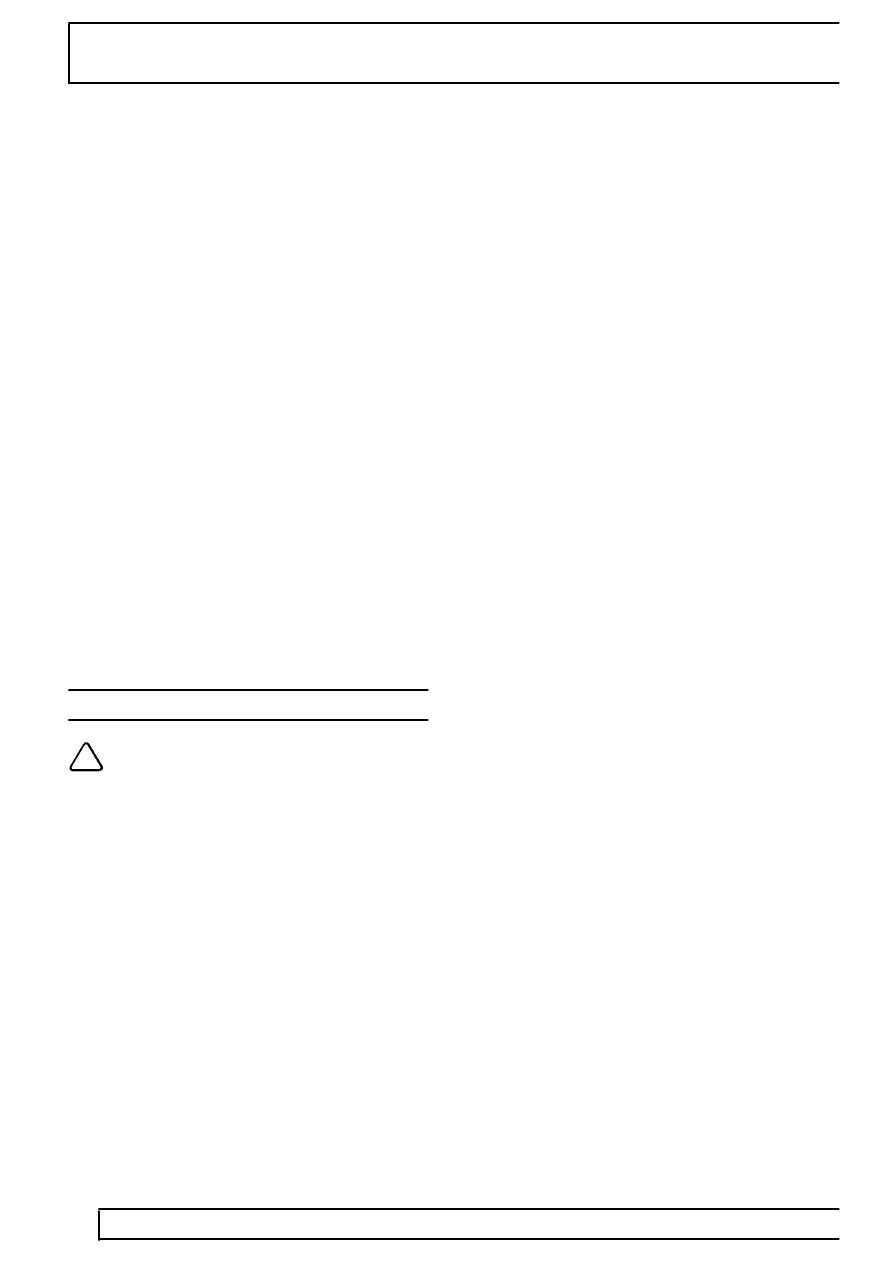300Tdi Discovery

57
STEERING
12
FAULT DIAGNOSIS
Steering column alignment
1. Place vehicle on level ground. Measure the
angle of lower steering shaft using a Pernumeter
placed on the shaft between the universal joints.
The angle should measure a minimum of 12˚.
2. If necessary, realign the shaft. Release the five
fixings securing the steering column. Position
column as required. Tighten the fixings evenly,
27 Nm.
3. Loosen the three screws securing lower steering
column shroud to upper shroud ensure lower
shroud is clipped to upper shroud. Reposition
shroud, tighten screws.
4. Recheck steering column angle.
Steering box adjustment
1. Check steering box adjustment.
See
Adjustment, Power Steering Box
Steering damper check
1. Check condition of steering damper
See
Steering Damper
VISUAL CHECK AND BASIC ADJUSTMENTS
NOTE: It is important that the following
instructions are carried out in the
sequence shown and the results recorded.
1. Road springs - check that road springs are
correctly seated and are to correct specification
for vehicle. For spring specification.
See
GENERAL SPECIFICATION DATA,
Information, Road Springs Data
2. Ride height - measure trim height from wheel
centre to wheelarch eyebrow. Record results on
data sheet.
3. Check/top up power steering fluid
See Repair,
Power Steering Fluid Reservoir
4. Check tension and condition of drive belt.
See
ENGINE, Repair, Drive Belt
5. Track rod/drag link - check condition of track rod,
drag link and ball joints.
See Repair, Drag Link
and Drag Link Ends
If either component is damaged, check operation
of steering damper and steering box for
smoothness. Replace all damaged or worn
components that impair the operation of the
steering system.
6. Suspension bushes - examine all steering and
suspension bushes for signs of wear and
deterioration. Also check all fixings for torque
relaxation. Tighten to correct torque value.
See
FRONT SUSPENSION, Specifications, torque,
Torque Values
7. Oil leaks - check front and rear axle hubs for
leak and repair as necessary.
8. Brake system - check brake system for leaks,
pipe condition, pad wear/contamination, disc
wear/condition and ABS sensors for correct
fitting.
9. Hub end float - check movement in the hubs by
rocking the wheels.
10. Check front wheel alignment. Vehicles displaying
a tendency to veer more than considered
allowable, it is permissible to set the front track
to parallel.
11. Having completed all the above checks and
adjustments, road test vehicle.
See Road Test
Procedure
Attempting to reproduce the symptoms
established earlier. If symptoms still exist refer to
relevant Diagnostic Chart.
